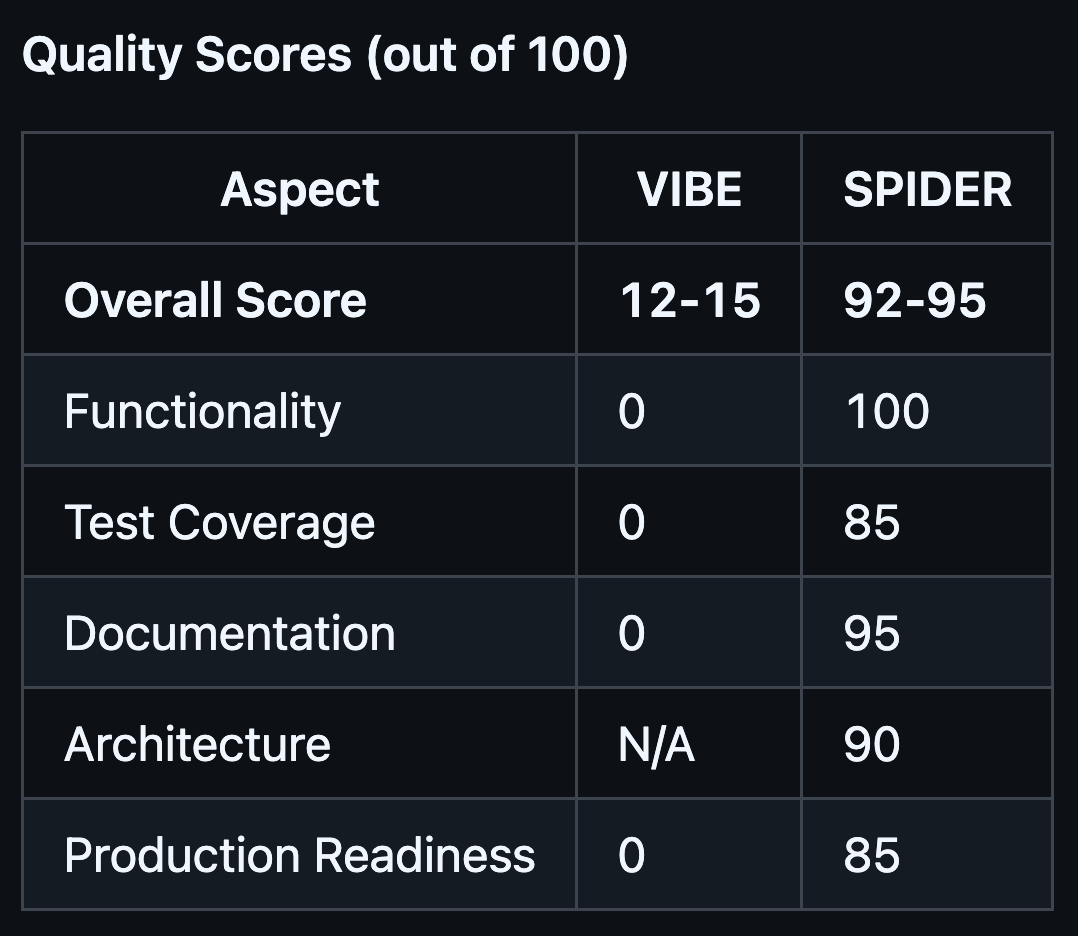This open source framework aims to remove the technical debt of vibe-coding
Codev turns ephemeral conversations with AI coding agents into durable, production-ready artifacts that become part of the code repository.
The speed of AI-driven coding often comes with the not-so-hidden cost of technical debt. Vibe-coding feels productive but often produces fragile software that is hard to manage. According to the creators of Codev, an open source framework for managing AI-aided software, one of the key problems in the vibe-coding is that the critical context from the conversation with code-generation models is lost once the code is generated. Codev addresses this problem by treating natural language specifications as durable, versioned source code, aiming to provide the speed of AI with the rigor of professional engineering.
The Codev philosophy
The core idea behind Codev is that documents like specifications and plans are part of the code of software. They are versioned and edited with the same seriousness as TypeScript or Python, effectively “compiling” natural language down into implementation code via AI agents.
This structured approach is codified in SP(IDE)R, a protocol that defines a sequence of steps for humans and AI to follow. These steps are documented as natural language descriptions that can be followed by both humans and AI agents.
The SP(IDE)R process begins with Specification, where a human works with an AI agent like Claude to draft concrete acceptance criteria. This draft is then reviewed by other AI models, such as GPT-5 and Gemini 2.5 Pro, which might identify security concerns or architectural flaws. After human review, this collaborative spec is stored and versioned in the same directory where the code is stored.
Next, in the Plan phase, the AI proposes how to break down the implementation into clear stages. This plan also undergoes multi-agent and human review.
Each implementation phase then enters an “IDE loop” of Implementing the code, Defending it with comprehensive tests, and Evaluating it against the specification. (They used the term “Defend” instead of “Test” because beyond validating the code, it builds defensive barriers that prevent the AI from introducing regressions or taking shortcuts in future iterations.)
The final step is Review, where the team documents lessons learned and updates the SP(IDE)R protocol itself, ensuring the methodology evolves with each project.
Codev vs vanilla vibe-coding
To measure the impact of this methodology, the creators of Codev ran a controlled experiment. They gave the same LLM, Claude Opus 4.1, the exact same prompt: build a modern web-based todo manager. The only difference was the approach. The first attempt used the vanilla vibe coding style, while the second used Codev with the SP(IDE)R protocol.
The vibe-coded application looked plausible at a glance but was functionally hollow. The codebase had zero tests, used a simple flat-file storage system prone to corruption, and lacked error handling or data validation. According to an automated analysis by three independent AI agents, it had 0% of the required functionality and a production readiness score of zero. The model optimized for “looks like it works” while producing a useless demo.
In contrast, the application built with the SP(IDE)R protocol was production-ready. The final result was a complete application with 32 source files, a proper SQLite database, a full RESTful API, and comprehensive test coverage across five suites. The same multi-agent analysis gave this version a quality score of 92-95 out of 100, with 100% of the specified functionality implemented. One of the analyzing AIs noted that the SP(IDE)R approach “builds code the way a professional team would.” The entire project was completed without a human ever directly editing a line of source code.
The future of software development
Getting started with Codev reflects its core philosophy. There is no installer script; instead, you instruct your AI agent to read the INSTALL.md file from the Codev Git repository and apply the methodology to your project. The protocol is designed to be adopted incrementally and can be installed instantly.
Frameworks like Codev signal a shift in the developer’s role, from writing lines of code to defining and architecting systems. The most valuable work becomes applying deep domain knowledge to refine specifications and plans, making it a force multiplier for senior engineers. While no formal studies have been conducted, its creators subjectively feel about three times more productive, producing high-quality, documented code that can be easily maintained. The framework is not intended to replace engineers, but to augment them.
This is in contrast to the impression given by many vibe-coding platforms, where a single prompt and a few minutes of processing gives you a fully functional and scalable application. (As a side note, you still need to learn coding and software engineering. It makes you much better at using tools such as Codev.)
This evolution presents both an opportunity and a challenge. Senior engineers who embrace this new way of working may find themselves significantly out-pacing those who do not. There is also a valid concern for junior engineers who have not yet had the chance to build the architectural experience needed to effectively guide these systems. Codev’s vision is an open-source, community-driven ecosystem where collective practice elevates the entire industry. It poses a key question for development teams: why settle for fragile, undocumented code when well-tested, maintainable software is no longer a significant extra effort?



